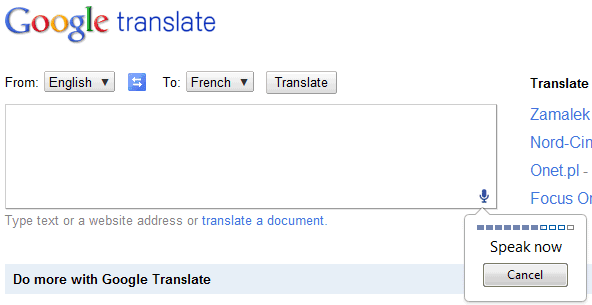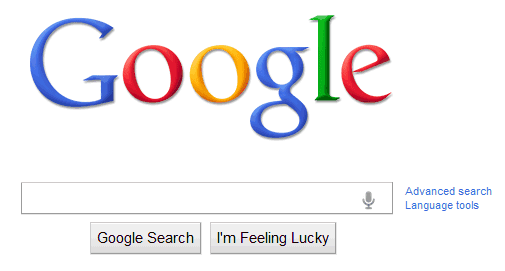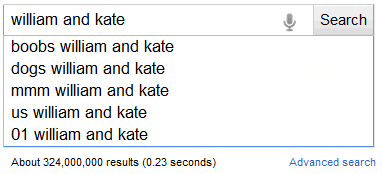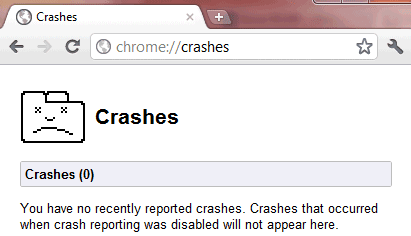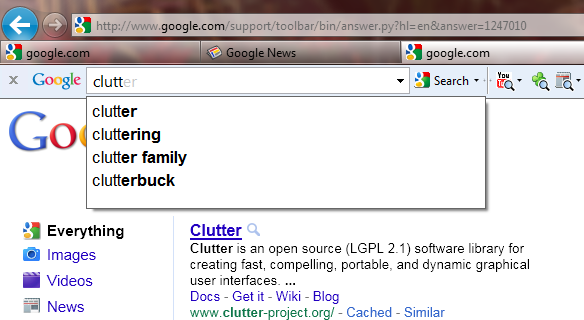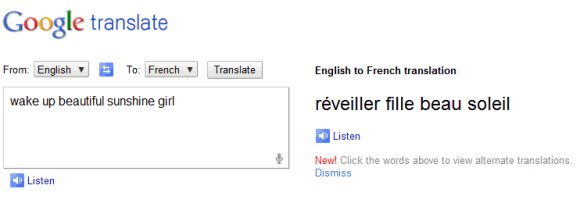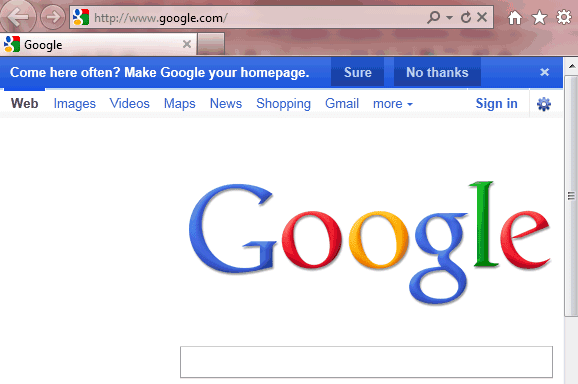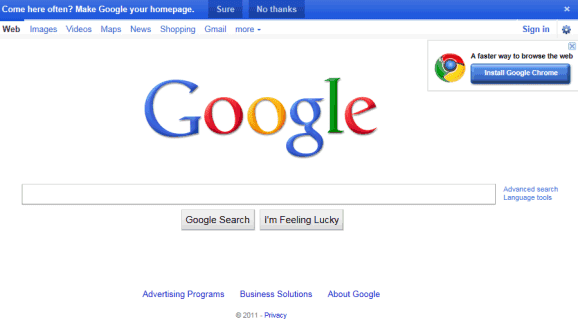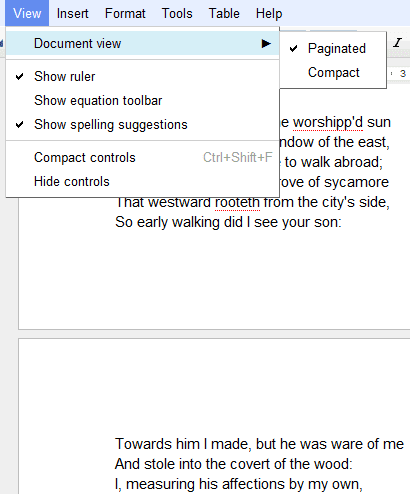Google Chrome 7 started to
support folder uploading, but not many people used this feature until
Google Docs enabled it. "We've added folder upload via the new Upload menu in the latest versions of Chrome, Firefox and Safari. The existing folder structure is preserved on upload which means that folders within folders will also upload and become collections within collections,"
explained Google.
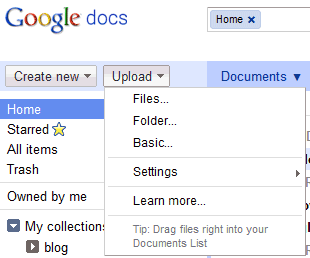
Firefox and Safari users will have to install a Java applet to upload folders. These browsers don't have native support for uploading folders, but the Java applet has an important advantage: you can upload both folders and files simultaneously.
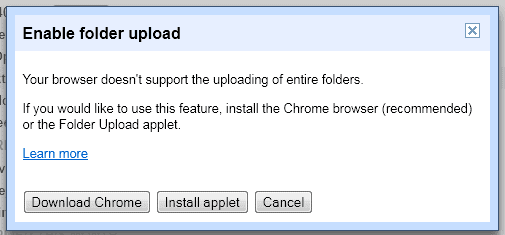
Google replaced the uploading page with a more intuitive interface. Files and folders are uploaded to the selected collection and you can check the progress in a new panel at the bottom of the page. Files are displayed immediately after they are uploaded, so you can quickly share them or edit them.
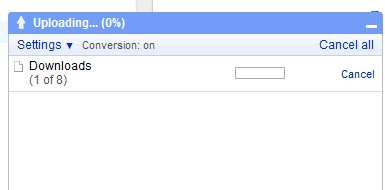
You can also upload files using drag and drop in Chrome, Firefox and Safari. It's faster and much easier, especially if you want to upload some files from the desktop. All these features are slowly rolled out, so you may not see them yet.
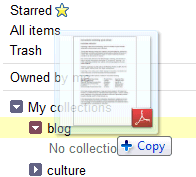
Google released a basic
Android app for Google Docs that lets you upload files, in addition to viewing and editing your documents. The application doesn't add many features that aren't available in the mobile web app: you can quickly find files, share them with the phone contacts and create documents from photos. "The Docs app also allows you to open documents directly from Gmail. You can also add a widget to your home screen for easy access to three core tasks: jumping to your starred documents, taking a photo to upload, or creating a new document with one tap,"
informs Google.
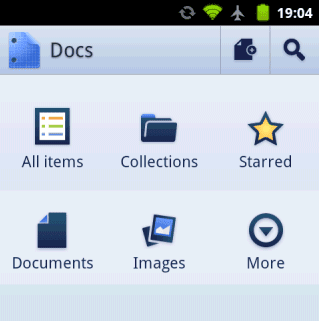
Google Spreadsheets now lets you
upload images and add them to your sheets. "From the
Insert menu, select
Image... Then, choose an image file to upload into your spreadsheet. With this feature, you can upload an image already stored on your computer, search for an image online, or add personal photos directly from one of your Picasa Web Albums."
Google Docs is now more about uploading and managing files and less about editing files, so the next logical step is to add file syncing.








